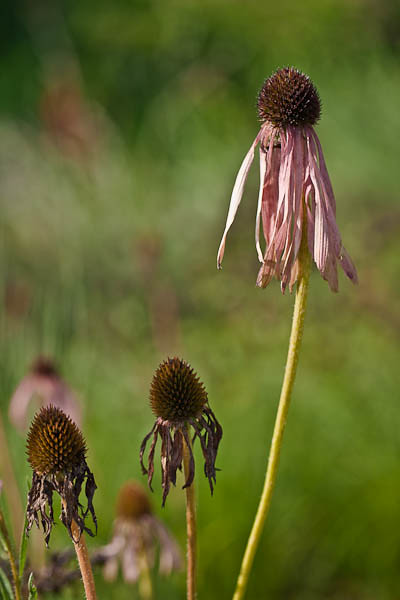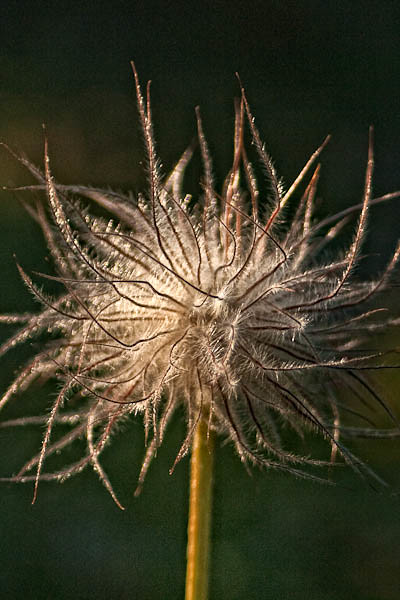Real intimacy is a sacred experience. It never . . . belong[s] to the voyeuristic eye of a neon culture. Real intimacy is of the soul, and the soul is reserved. ~ John O’Donohue
When was the last time you sprawled in the thick grass, got eye to eye with a patch of flowers, introduced yourself and gave the flowers time enough to introduce themselves. They don’t do their introductions with words, of course. They will introduce themselves to you through your senses.
What do you see? Petals. Stems. Leaves. What else?
What do you smell? Does the petals’ scent differ from that of the stems or the leaves?
Compare the touch of the petals to the fibers on the stems. What did you feel? Touch the cones in the flowers’ centers. Did you feel smooth, soft, sticky, hairy, pointy, prickly?
If you don’t live near a Midwestern prairie — and I know most of you do not — virtually explore the coneflowers. Use the photograph. Use your imagination. Then go out and find a flower in your back yard or park or a planter. What can you discover about one of your neighborhood flowers?
———————————
Bo Mackison is a photographer and the owner of Seeded Earth Studio LLC. She is studying and intimately meeting many a soul-flower this summer!











